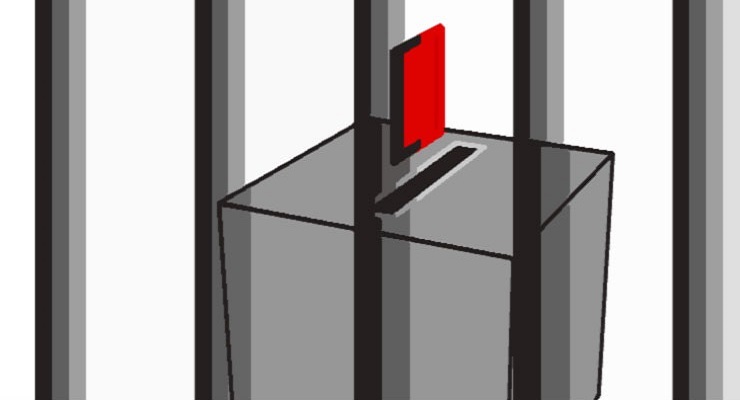 Prisoner redistricting is a little known aspect of gerrymandering. Some eleven states are now using data on the former home address and finding out where they are located for redistricting purposes. The following guest published in Election Law Blog is from UCI scholar Bernie Grofman. Here is an excerpt:
Prisoner redistricting is a little known aspect of gerrymandering. Some eleven states are now using data on the former home address and finding out where they are located for redistricting purposes. The following guest published in Election Law Blog is from UCI scholar Bernie Grofman. Here is an excerpt:
There are now eleven states that committed to using data on past home addresses of prisoners and locating them for redistricting purposes not in the prison but where they had a previous in-state address. Ten of these states will implement the change this decade, and there are several other states/redistricting commissions that are in the process of considering whether or not to reallocate prisoner population data. However, there are some key differences in how this reallocation is being accomplished in different states and jurisdictions, and these differences raise questions that involve both legal issues and practical complexities. The three key complications are: (1) how to handle prison populations that do not have an in-state past address, (2) potential legal differences between how prison populations are to be treated for state legislative (or local) redistricting as opposed to congressional redistricting, and (3) differences in treatment of state and federal prisoners.
Read the full article here. You can also see more on this subject at either the Democracy Chronicles felon voting archive or African-American Voting Rights. Also, see our main section on American Democracy and our Voter Access articles focusing more broadly on the ease of voting and the various barriers in the way.
Leave a Reply